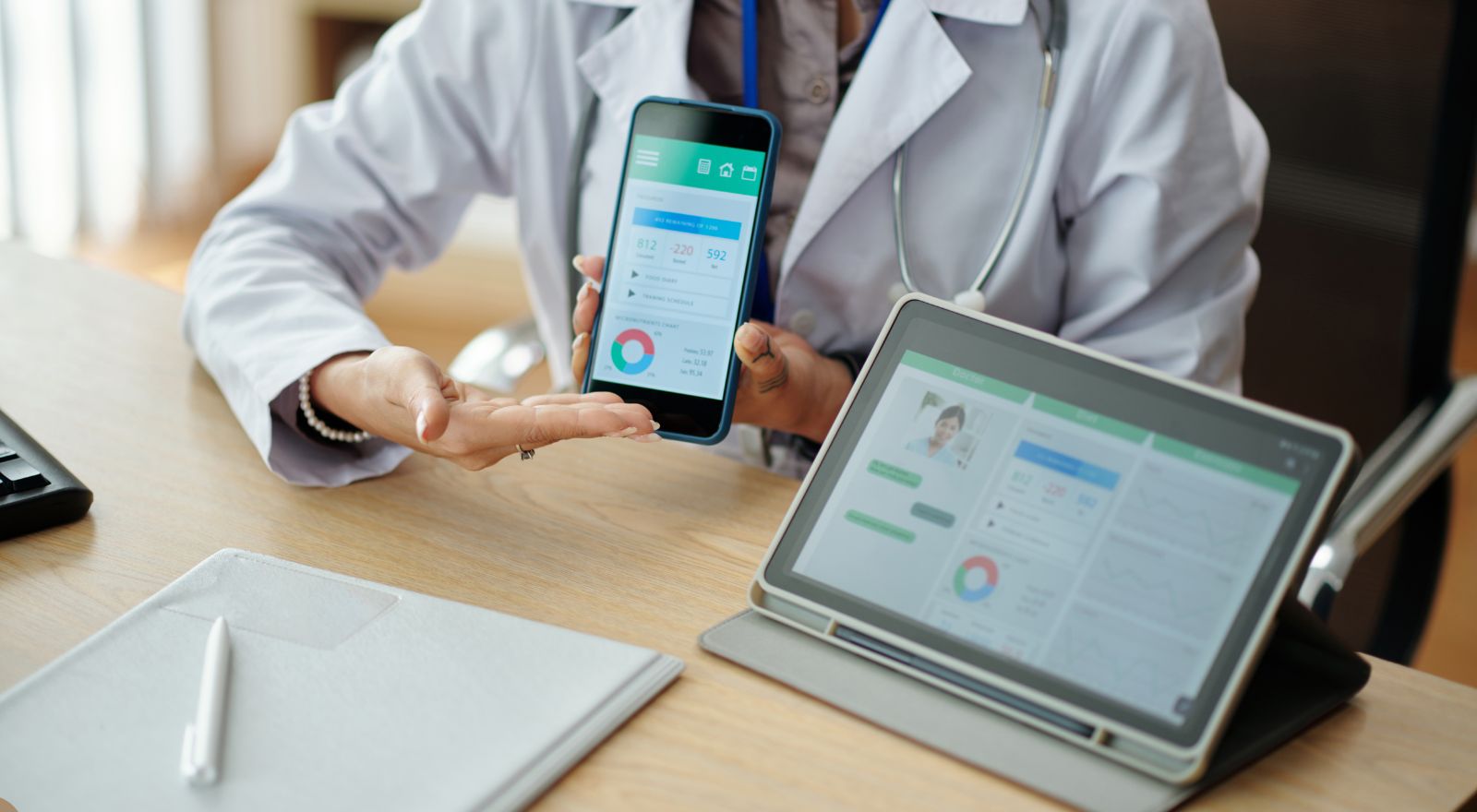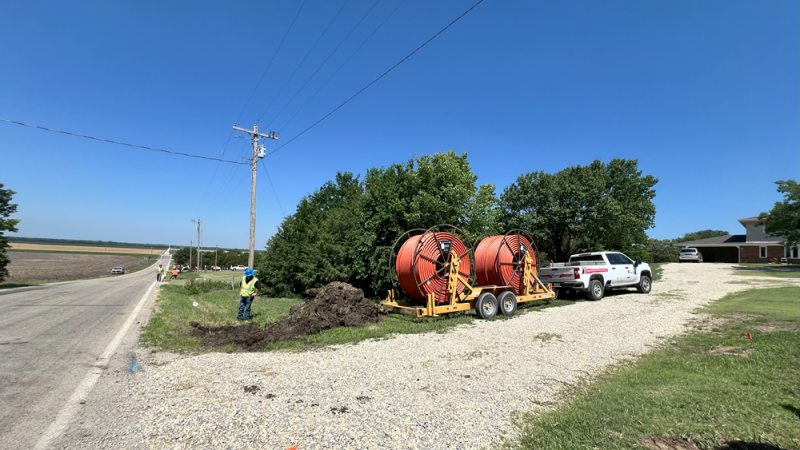Navigating health monitoring in the workplace can seem like a challenging task, especially when it comes to choosing the right tools. It’s important for UK employers to use effective tools to keep track of their employee’s health, as this aids in creating a safe work environment. These tools help employers identify health issues early and take action to reduce risks in the workplace. For instance, musculoskeletal disorders are a common problem that can be detected early with proper health monitoring.
One aspect of workplace health monitoring is drug testing. It is important to discover the right tools that provide accurate and quick results. You might discover reliable drug testing kits as they offer fast and reliable results, helping you maintain a safe working environment. These kits are ideal for ensuring that all employees are meeting health and safety standards.
Another key area is general health surveillance, where repeated checks can identify health issues caused by work. Regular health checks are vital as they ensure the well-being of workers, preventing potential long-term health problems and maintaining productivity. By integrating these practices into your health monitoring strategy, you can maintain a healthier workforce and a safer workplace.
Overview of Health Monitoring Tools
Health monitoring tools are key for keeping track of the wellness of workers and identifying health issues early. They offer various methods to check on the physical conditions of employees, contributing to a healthier work environment.
Types of Health Monitoring Tools
Various tools are used to monitor workers’ health. Wearable devices are popular, tracking metrics like physical activity, heart rate, and sleep patterns. These devices help gather data over time to identify long-term health trends.
Software applications can also monitor health by managing records and scheduling health checks. They provide insights into employee wellness through data analysis and help in organising regular health assessments efficiently.
These tools often include biometric devices, which measure indicators such as blood pressure and glucose levels. They enable employers to keep track of significant health metrics directly related to specific health risks at work.
Advantages of Using Health Monitoring Tools in the Workplace
Using health monitoring tools can lead to many benefits. They help identify potential health issues early, reducing the chance of severe health conditions developing. This proactive approach can minimise absenteeism and improve productivity.
Monitoring tools also contribute to a safer workplace. By tracking health data, you can make more informed decisions about workplace practices and environments.
Moreover, these tools can improve employee engagement. Workers often feel more valued when employers take an interest in their health, which can positively affect morale and job satisfaction.
Implementing Health Monitoring in the UK Workplace
Employers in the UK must navigate legal frameworks and data protection practices while setting up health monitoring in workplaces. Employers should focus on understanding regulations and implementing strong data security practices to create a safe environment.
Legal and Ethical Considerations
In the UK, employers have a responsibility to follow health monitoring regulations to protect workers’ well-being. This includes conducting risk assessments to decide when health monitoring is necessary. Health monitoring should only be applied to workers whose activities expose them to potential health risks.
Employers must also respect employees’ privacy and gather only relevant health information without causing discrimination. Monitoring must align with laws such as the Health and Safety at Work Act. Employers should provide clear communication about the purpose of monitoring and how it benefits health and safety.
Best Practices for Data Privacy and Security
When implementing health monitoring tools, safeguarding employee data is a priority. Use encrypted systems to protect sensitive information and limit data access to authorised personnel only. Ensure that data collection is transparent and share what data will be collected and how it will be used with your employees.
Updating software regularly and conducting audits can help identify and fix security vulnerabilities. Training staff on data protection protocols is also necessary. The General Data Protection Regulation (GDPR) outlines standards for data handling, emphasising that data should only be kept as long as necessary for its intended purpose. Employees should feel their privacy is respected and secured at all times.
Conclusion
As an employer, using health monitoring tools can help keep employees safe and healthy. Make sure any technology used for this purpose respects privacy and data protection rules. Seek input from employees about any new health monitoring practices to maintain trust.
Implementing these tools helps in identifying potential health risks early. This proactive approach can minimise workplace hazards, contributing to a safer environment for everyone involved. Stay informed about laws surrounding workplace health.
Regular reviews of the health monitoring programmes are necessary to keep them effective. Adapt the tools based on the specific hazards present in your workplace to maintain their usefulness. Remember, a healthier workforce leads to a more productive workplace.







